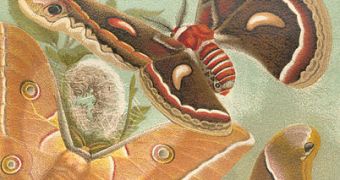You definitely are what you wear, in times when you have several options that can minimize the impact of your clothes on the environment. Organic fibers represent by far one of the most eco-friendly alternatives. Check your the labels on your clothes and proclaim yourself eco-conscious only if they are made of cotton, linen, silk or bamboo.
Even the most passionate fashion designers are telling us that we have to invest more in sustainable apparel, which maintains all its qualities after its first wash. This is why casual shirts are manufactured entirely out of cotton.
This fabric has amazing wash-and-wear abilities, which will most likely be improved in a couple of years. Several companies have already joined forces to support an international project aiming to make cotton even more sustainable.
Cotton is currently used in the fashion industry to design breathable and comfortable items, with a significantly long life expectancy.
You might be surprised to know that you are currently wearing products made of the same fabric used to dress Pharaoh mummies from ancient Egypt. Linen can guarantee your jacket's life won't end two weeks after you bought it, given that it is the strongest of the plant-based fibers. No wonder, since it is 3,000 years old.
Silk probably represents one of the most durable and beautiful materials designers could use in their sustainable collections. Wild silk is even more appreciated than the common one that is manufactured on a large commercial scale. It's dependent on the presence of silkworm larvae.
Last, but not least, bamboo is one of the most fashionable fabrics at this point in time, due to its multiple properties. It is both very versatile, easy to wear and eco-friendly. It is often compared to silk, only it is more affordable.
Due to the continued expansion of bamboo forests, this last resource seems to have an unlimited potential. Even so, manufacturers say that the technological processes aren't as eco-conscious as they could be.

 14 DAY TRIAL //
14 DAY TRIAL //